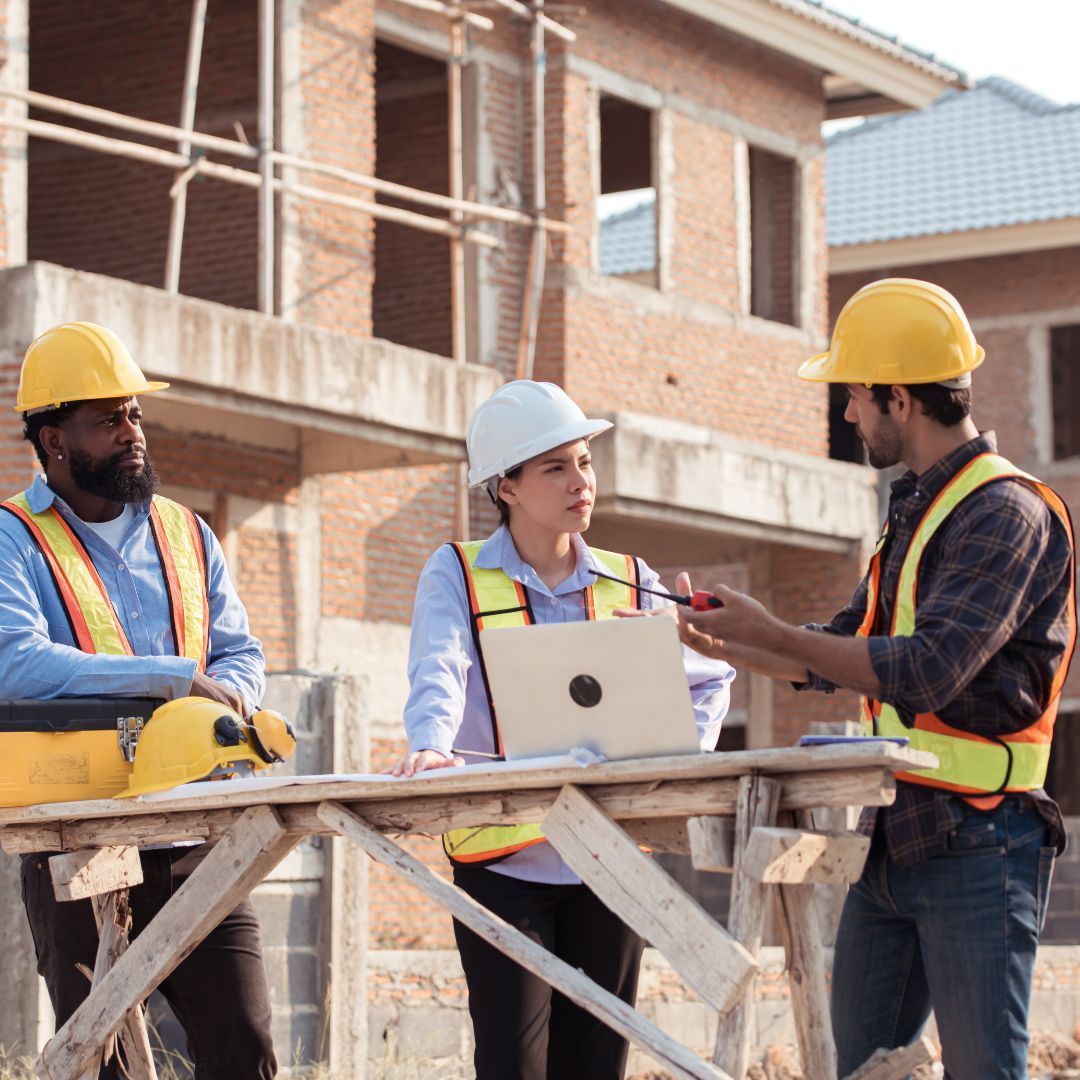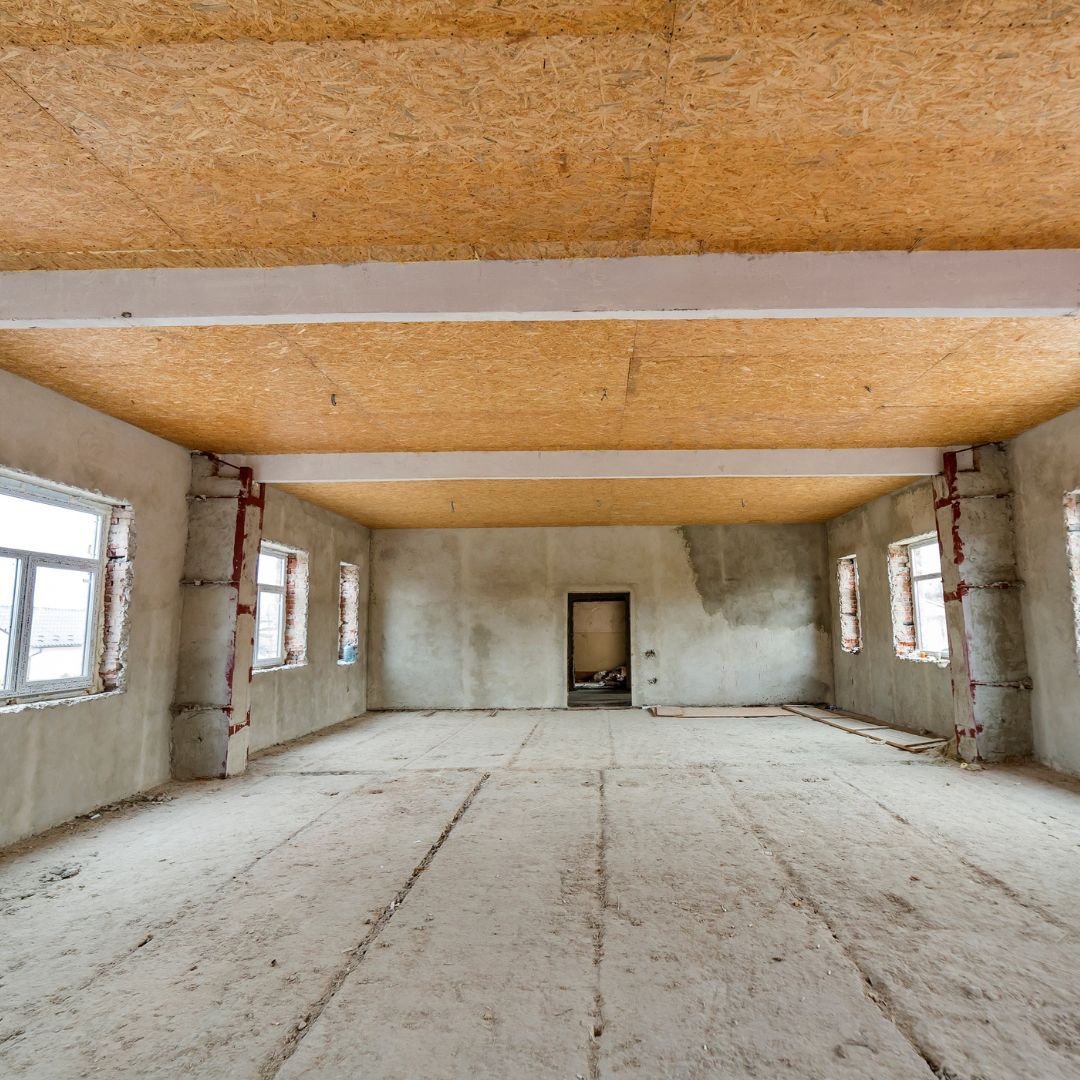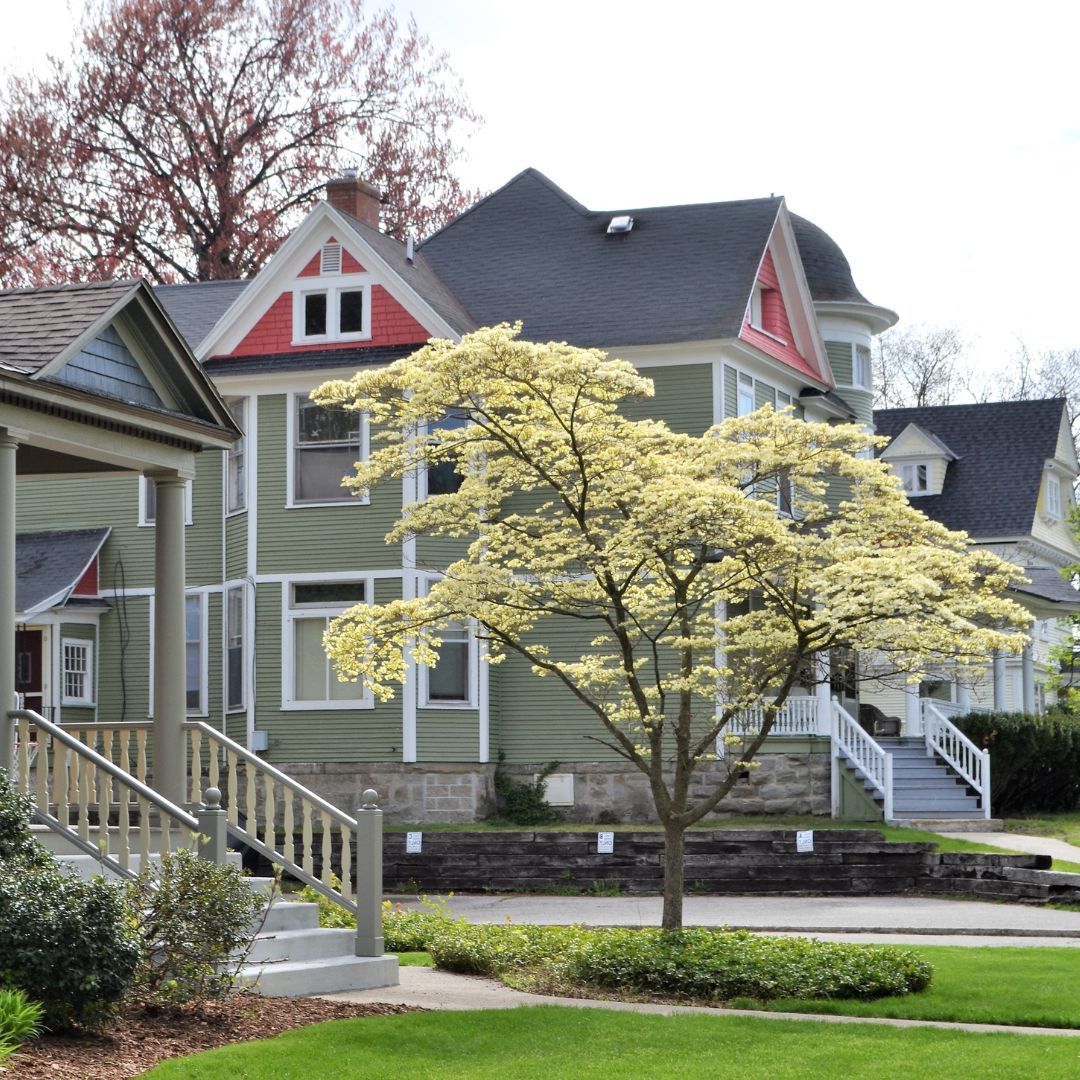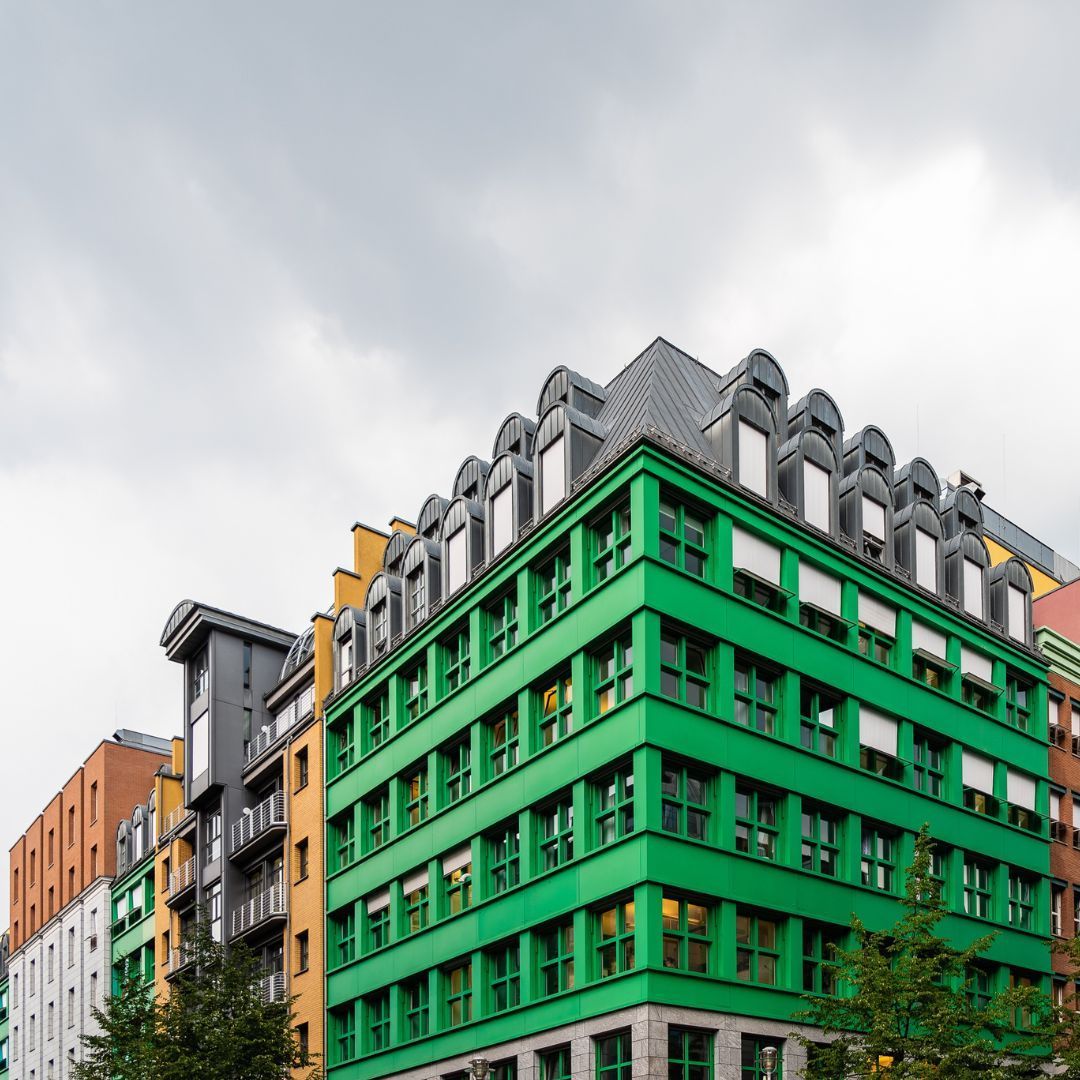Carbon Monoxide Safety
See How We're Different
or call us: 303-834-1001
As the cold begins to set in, Carbon Monoxide Safety should be top of mind. Be sure that you take the necessary precautions to prevent potential carbon monoxide (CO) leaks in your home. Keep your family and pets safe!
Fires and some forms of heating produce CO, a deadly colorless, odorless gas that can fill your house if you’re not careful. In the United States, CO leaks are responsible for an estimated 400 deaths a year and more than 20,000 trips to the emergency room, according to the Centers for Disease Control and Prevention (CDC). As CO poisoning often goes unreported, the number of instances is most likely much higher.

Here are the top Carbon Monoxide Safety Tips for your home:
Get your systems checked out by a professional
- Defective furnaces, fireplaces, flues, and oil heaters are most frequently responsible for accidental CO poisonings.
- Have your heating system, water heater, and any other gas, oil, or coal burning appliances serviced by a qualified technician every year.⠀
- Check your chimney or get it cleaned every year. Chimneys can be blocked by debris which can cause CO to build up inside your home.⠀
- Make sure your gas appliances are vented properly. When improperly vented, malfunctioning home appliances like furnaces and air-conditioners can slowly fill your home with CO.
Don’t forget your CO detectors
- In addition to smoke detectors, we recommend that you install a CO detector on each level of your home, and in or near each sleeping area.
- Keep detectors at least 20 feet from any fuel-burning appliances and at least 10 feet from high humidity locations like bathrooms and kitchens if you can, as moisture can sometimes trigger faulty readings.
- If you can, hook up CO detectors to a smart home system to send a message to your smartphone if it’s detected when you’re not at home.
- Make sure you test the batteries regularly.
Use your appliances wisely
- Do not use portable flameless chemical heaters indoors.⠀
- Never use a generator inside your home, basement, or garage or less than 20 feet from any window, door, or vent.
- Keep in mind that space heaters, ovens, portable generators, and other gasoline-powered engines can cause a buildup of carbon monoxide. If you suspect the appliance or tool you’re using might be causing a buildup of CO, open a window immediately. Ventilation is a sure way to disperse a buildup of the gas.
Take the time now to assess your potential carbon monoxide risks in order to protect you and your family this winter .
The post Carbon Monoxide Safety appeared first on Pure Risk Advisors.













